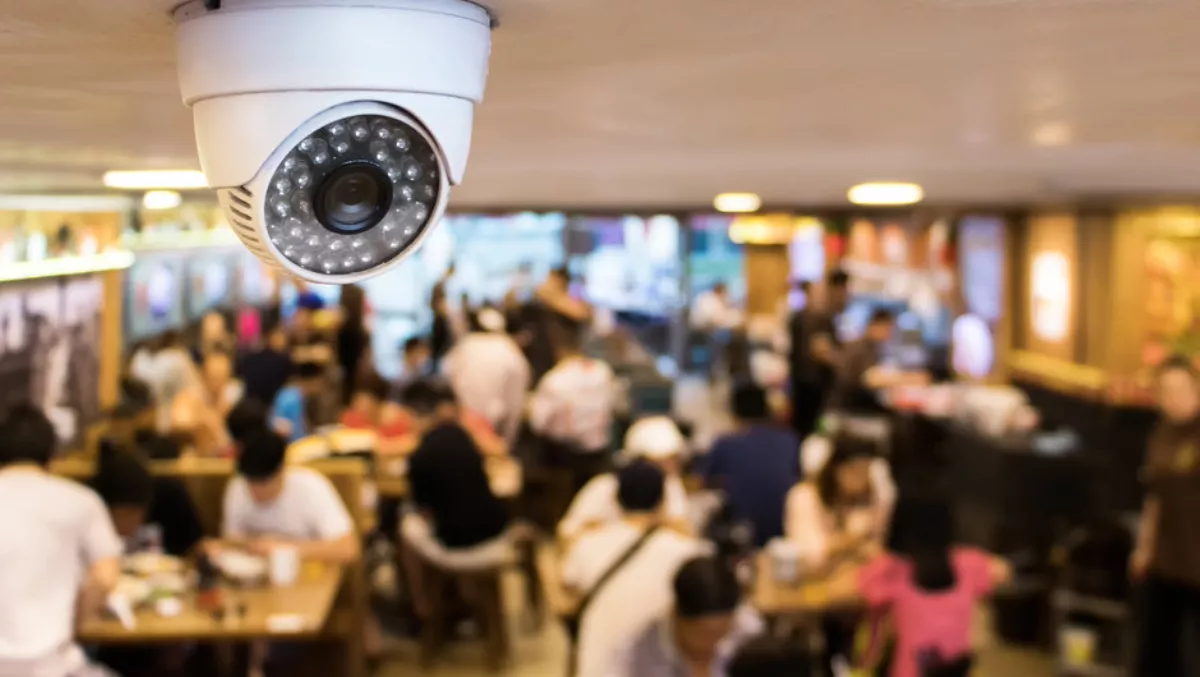While it is common to include both a video surveillance suite and an access control platform in any modern security solution, there are plenty of benefits to be had by combining the two.
To get the full benefit of a complementary access-and-video system, an open platform is required – one which can fully and securely integrate with a range of access control solutions to suit a wide range of requirements and functionality.
Allowing an integrator or end-user more freedom to choose the access control platform that best suits their needs opens up a whole range of options and possibilities, including the integration of multiple access control solutions on the one video management software (VMS) platform.
If a security provider was asked to tailor, deploy, monitor and manage a surveillance and access control solution across multiple sites, and each of those sites has an existing access control solution, it would be at least an expensive redeployment which involves rolling out a lot of new cards, readers and other hardware.
Finding the right solution will allow the VMS to interface with several different vendors' solutions, which allows for those existing systems to be managed and monitored on the one platform.
Perhaps the most obvious benefit of integrating a VMS with an access control platform is the added security provided by visually monitoring entrance points on a secure perimeter.
Cameras positioned at these points can be automated to activate when a secure token is presented to the reader at the door or barrier, giving security operators the ability to visually monitor activity at that point.
Taking that point further, an access control platform can also be set up to turn on cameras and sound alerts when certain individuals approach and activate their secure token, which can be useful for monitoring security levels, alerting administrators when someone's card or token needs updating, and more.
Axis Communications Australia and New Zealand country manager Wai King Wong says, “While cameras can be automated to work in conjunction with an access control solution, a further layer of security and convenience is added by the introduction of speakers.
“That way, an individual can approach the barrier, cameras can be automatically activated to monitor that individual, and speakers can provide two-way communication to alert that individual if there is a problem, or to pass on information about their access to the premises.
Advanced, integrated solutions like this are particularly useful in busy industries such as mining, energy and logistics, where a high volume of temporary contractors and visitors need to access a facility.
Not only does it make administration easier – better control over secure identification of itinerant and temporary workers, remote visuals and communication with visitors to the site – but it can also aid in keeping a site safe.
Inherently dangerous places such as mine sites require advanced control over access to certain controlled areas, and an access control solution that provides video ID of individuals passing through barriers at the secure perimeter, coupled with audio warnings and communication, can be a powerful force for safer, more secure facilities.
PMT Security Systems managing director Darren Taylor says, “The integration between video and access control offers many advantages to a security operator.
“It provides for better decision making, allowing security operators to visually verify the identity of individuals prior to granting access. More than that, it also means the company is using more efficient work processes, as operators can manage video surveillance and access control from one central interface. This in turn enables straightforward post-incident investigations, as you have video footage linked to each entry and exit event.
An integrated solution can also provide a cardholder management capability, where an image can be added to each cardholder if it is not available in the integrated access control system.
This helps operators verify cardholders more accurately when manually assisting their passage through the premises.
Through deep integration with the access control system, operators can manage cardholders and visitors without having to switch to the administrative module of the access control system, which supports Taylor's point about managing both aspects of the security ecosystem through the one interface.
Access control and video surveillance are a fundamental part of any security plan, and integrating the two will have a positive impact on security, safety, convenience and management.
